Moving Sand Dunes
These massive moving sand dunes have swallowed an entire village and are still on the run.
For thousands of years, the sand dunes in northwestern Poland have been moving. At an average rate of 10 meters (32 feet) per year, the dunes at Słowinski National Park are blown by the volatile winds coming off the Baltic Sea that push the sand further inland and ever higher, swallowing tall pines and changing the biosphere of the area every year.
Unique in all of Europe and remarkable for their persistence and height, these coastal mountains are surrounded by ocean on one side with dune-locked lakes and forests on the other. But the 40 meter (131 feet) tall dunes are slowly overtaking the trees and where once tall, proud pines held sway, only fossilized tips poke out of the top of the mounds now.
The native people of the area who have lived in the swamps and marshy woodlands near the dunes for hundreds of years claim that at least one entire village lies underneath the sand, a victim to the blowing winds and shifting soil. Scientists agree that the three large lakes in the national park were once bays that were closed in by the tenacious movement of the dunes. Today, the park is a protected World Biosphere Reserve inhabited by rare birds and fish who make a home in the ever changing marshy woodlands around the sandy hills.
Know Before You Go
The park is easy to get to from any of the towns nearby, with Łeba being the closest and accessible by foot. From the entrance of the park, where you can leave your car, it is another 5.5km to the beginning of the dunes. Many people walk it, which takes between 1-1.5 hours and is a beautiful trail through the marsh. Others pay for an electric golf cart to ferry them to the dunes.
By far the easiest thing is to rent a bike at the entrance or from any of the vendors in the area and take the ride yourself.
Community Contributors
Added by
The Atlas Obscura Podcast is Back!



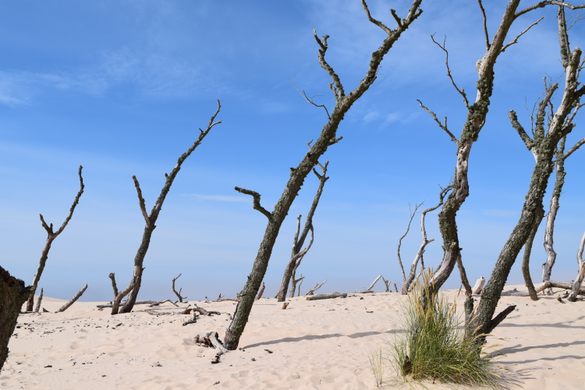
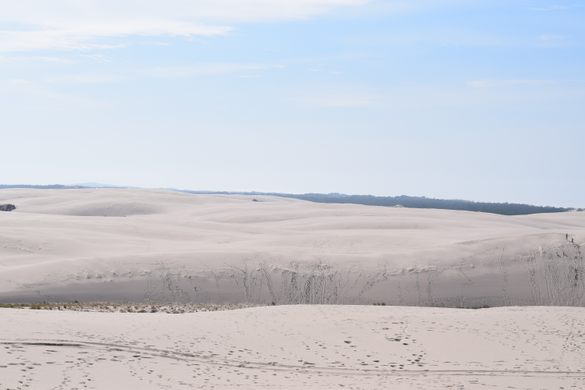
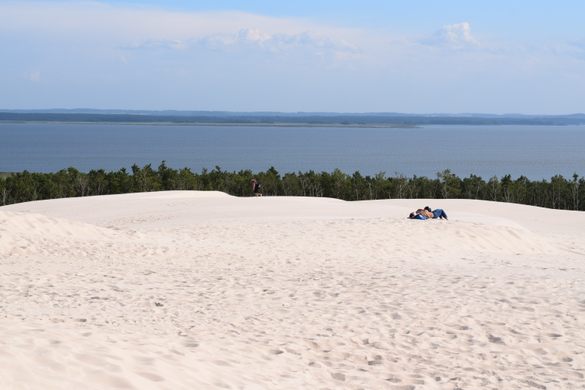
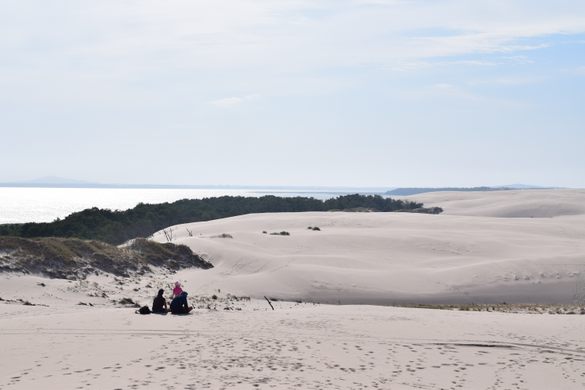
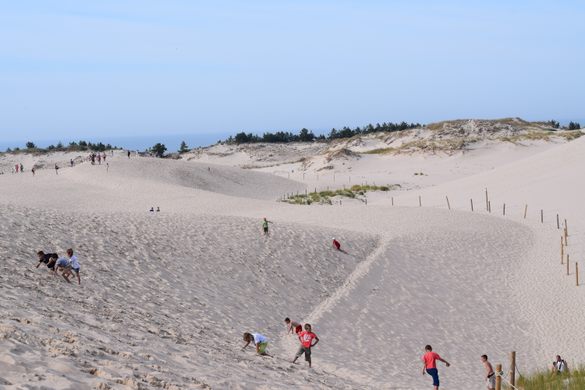







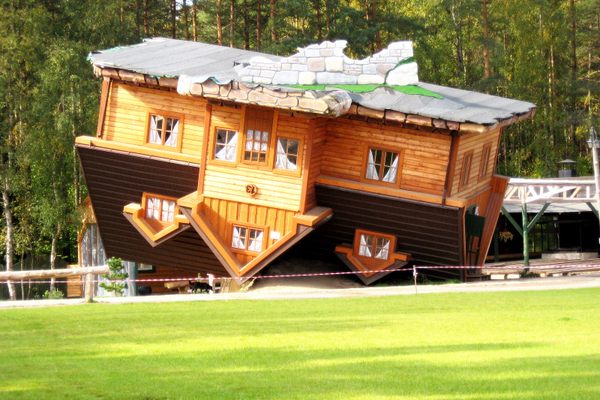





Follow us on Twitter to get the latest on the world's hidden wonders.
Like us on Facebook to get the latest on the world's hidden wonders.
Follow us on Twitter Like us on Facebook